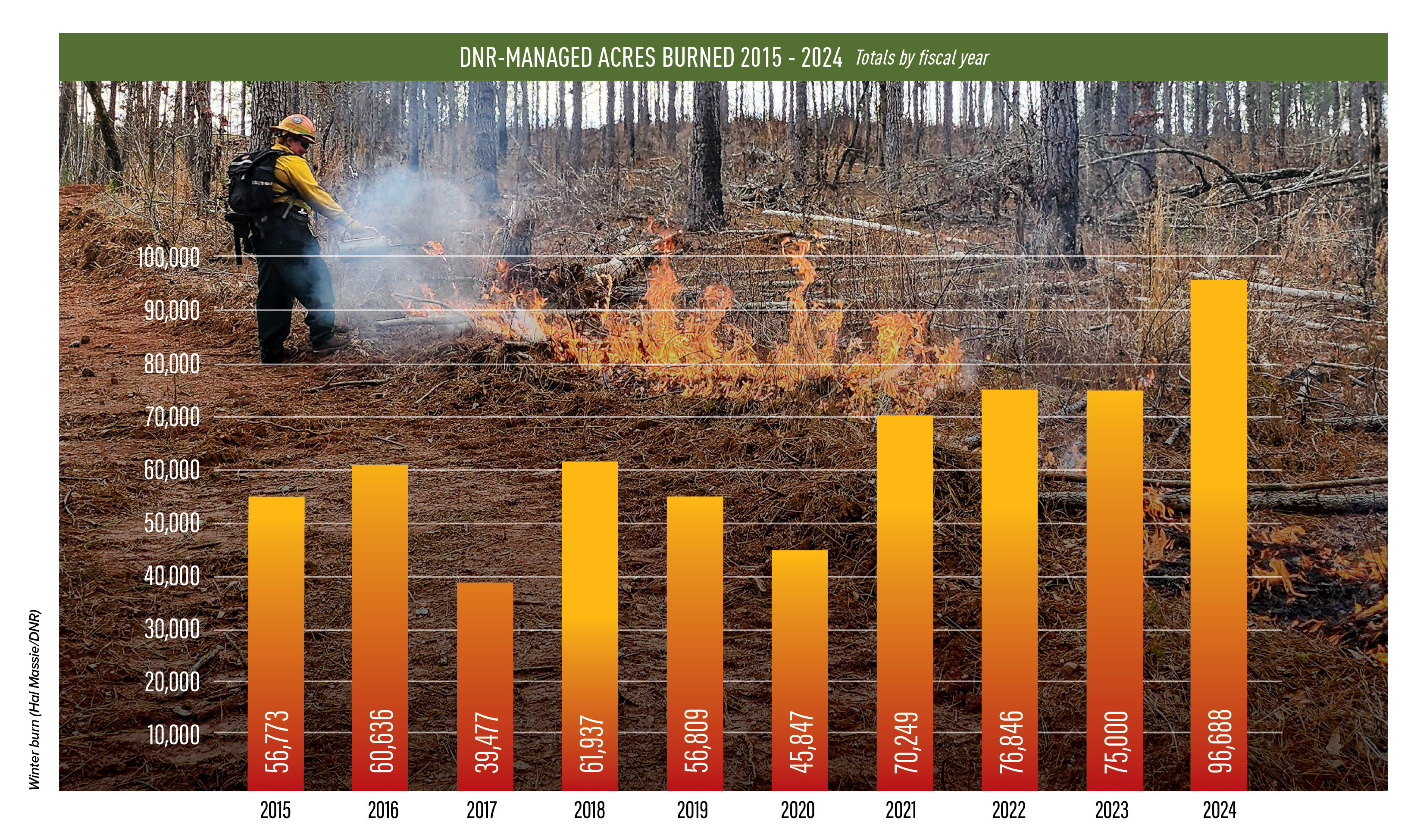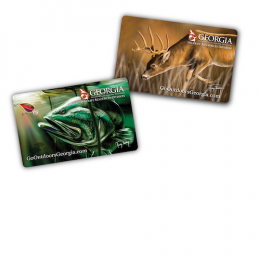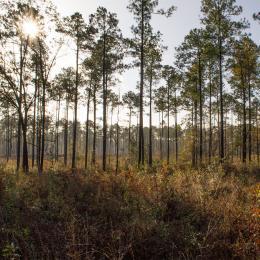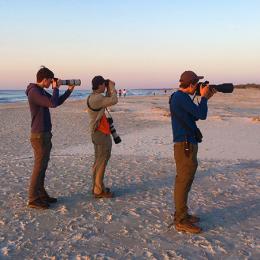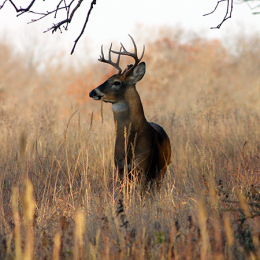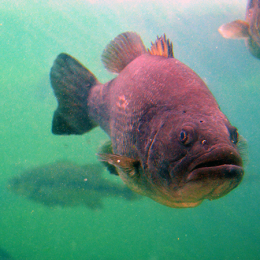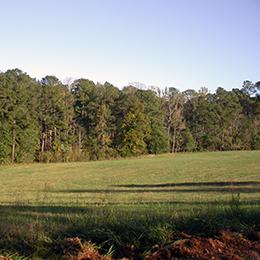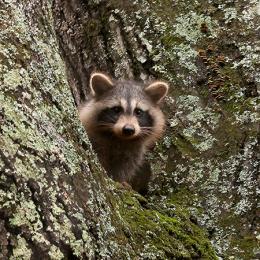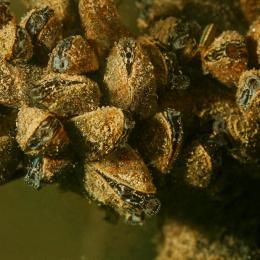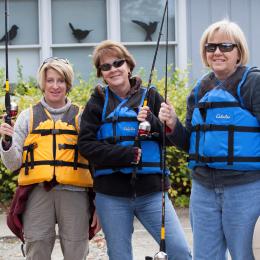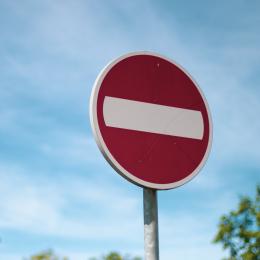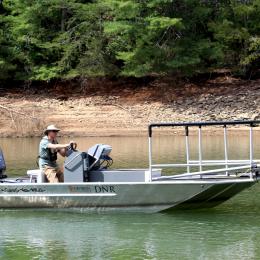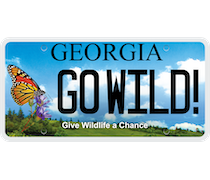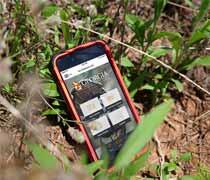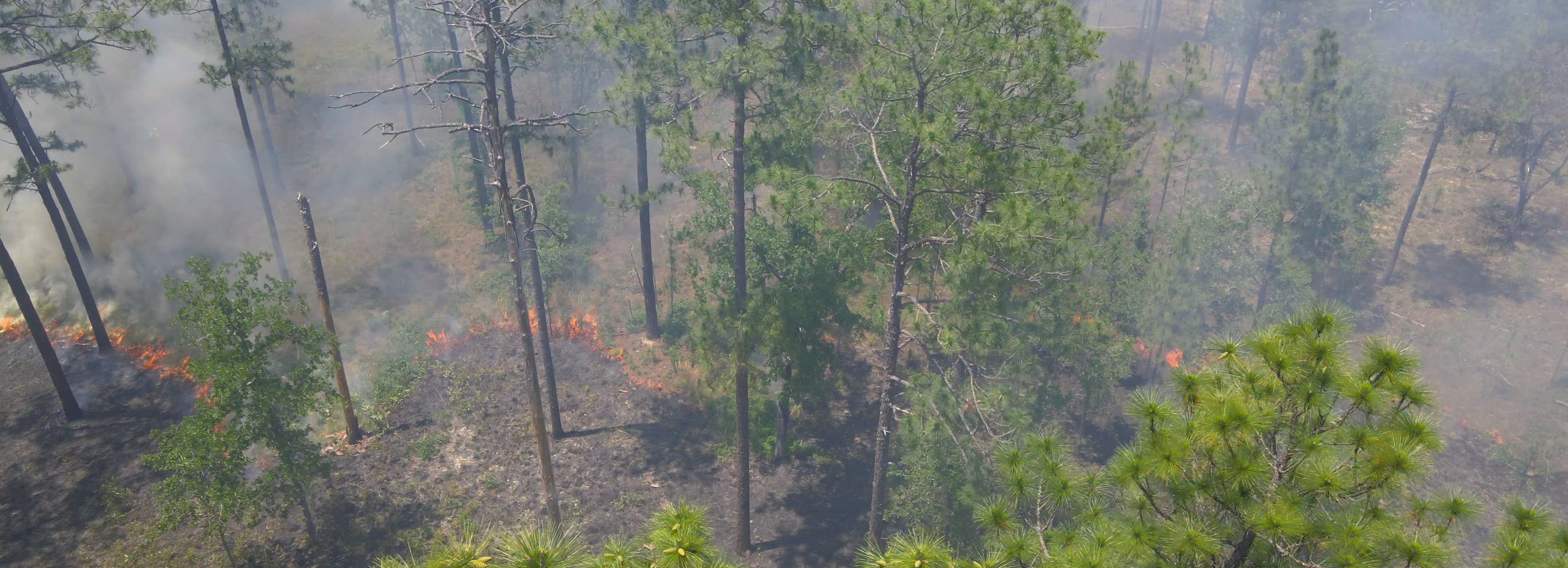
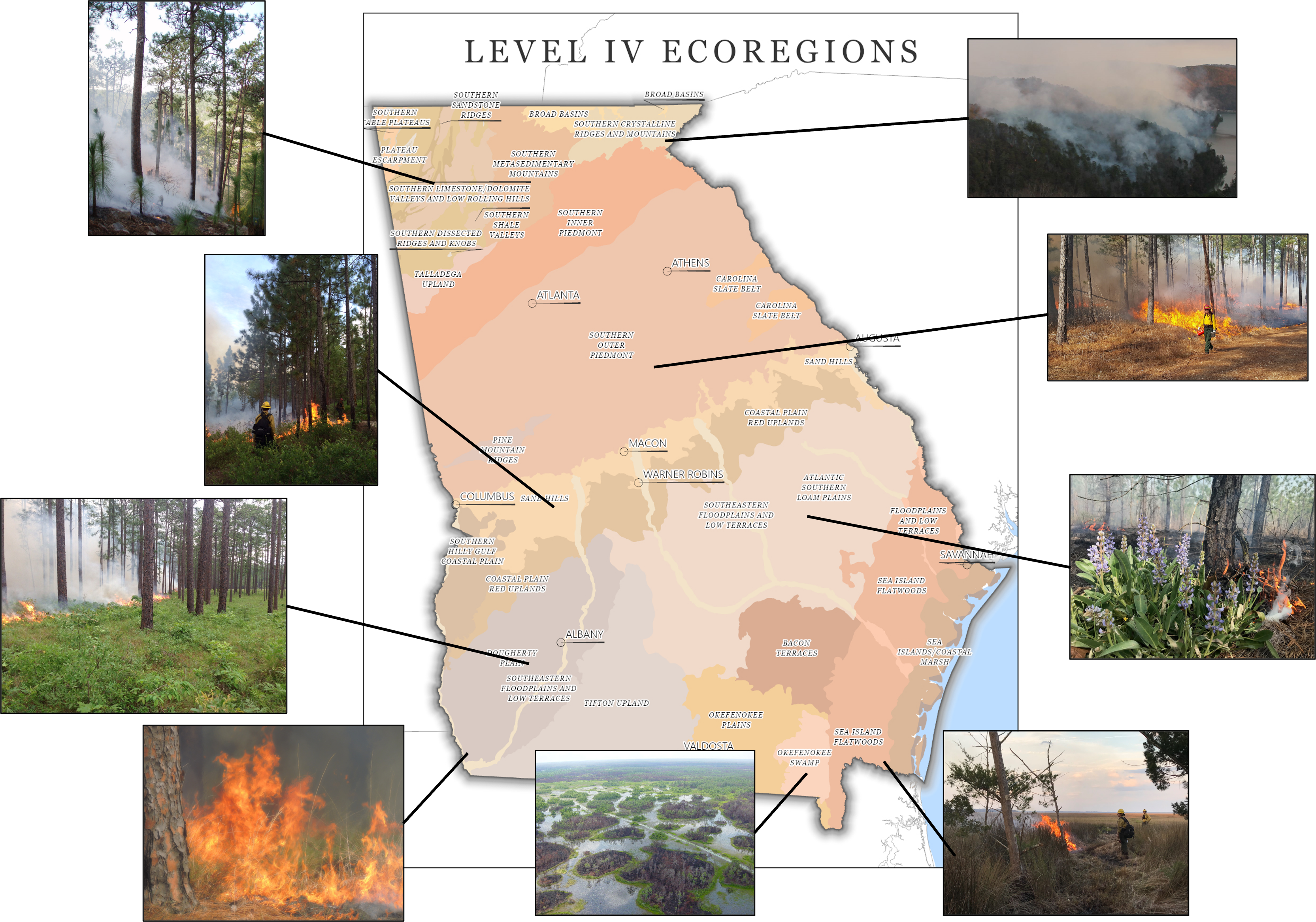
Prescribed fire is a safe way to apply a natural process, ensure ecosystem health and reduce wildfire risk on public and private lands. Also called prescribed or controlled burning, prescribed fire involves trained agency professionals, contractors and private landowners burning an area under a set of specific fuel and weather conditions called a prescription.
For eons, fires sparked by lightning strikes helped shape Georgia’s woodlands. Many habitats and the plants and animals that depend on them require regular fires. These areas vary from longleaf pine savannas and herbaceous bogs in south Georgia to oak-hickory forests and high-elevation balds in the mountains (as shown in the ecoregions map at right).
Rare wildlife including pitcherplants, gopher tortoises and red-cockaded woodpeckers need such fire-adapted habitats. Quail, wild turkeys and other game animals also benefit. Learn more in our Prescribed Fire Story Map in the 2025 State Wildlife Action Plan.
Without fire, trees and brush grow too thick, shading out plants on the forest floor and limiting which animals and plants can thrive there. Prescribed fire also consumes downed limbs, dead trees and other flammable fuels, lowering wildfire risks and protecting Georgians from catastrophic fires and smoke.
FAQ | Video
Timing
Many prescribed fires to restore habitats are done in winter and early spring, the dormant season. These burns typically focus on reducing a forest’s fuel load. Areas that have not been burned in a long time require special attention when reintroducing fire.
Growing-season burns are done in late spring and summer. They mimic the lightning-strike fires that happened historically in Georgia. A combination of dormant- and growing-season burns is important in restoring native habitats.
Preparation
Writing a burn plan is crucial. A plan defines the burn area, identifies objectives, sets weather and fuel parameters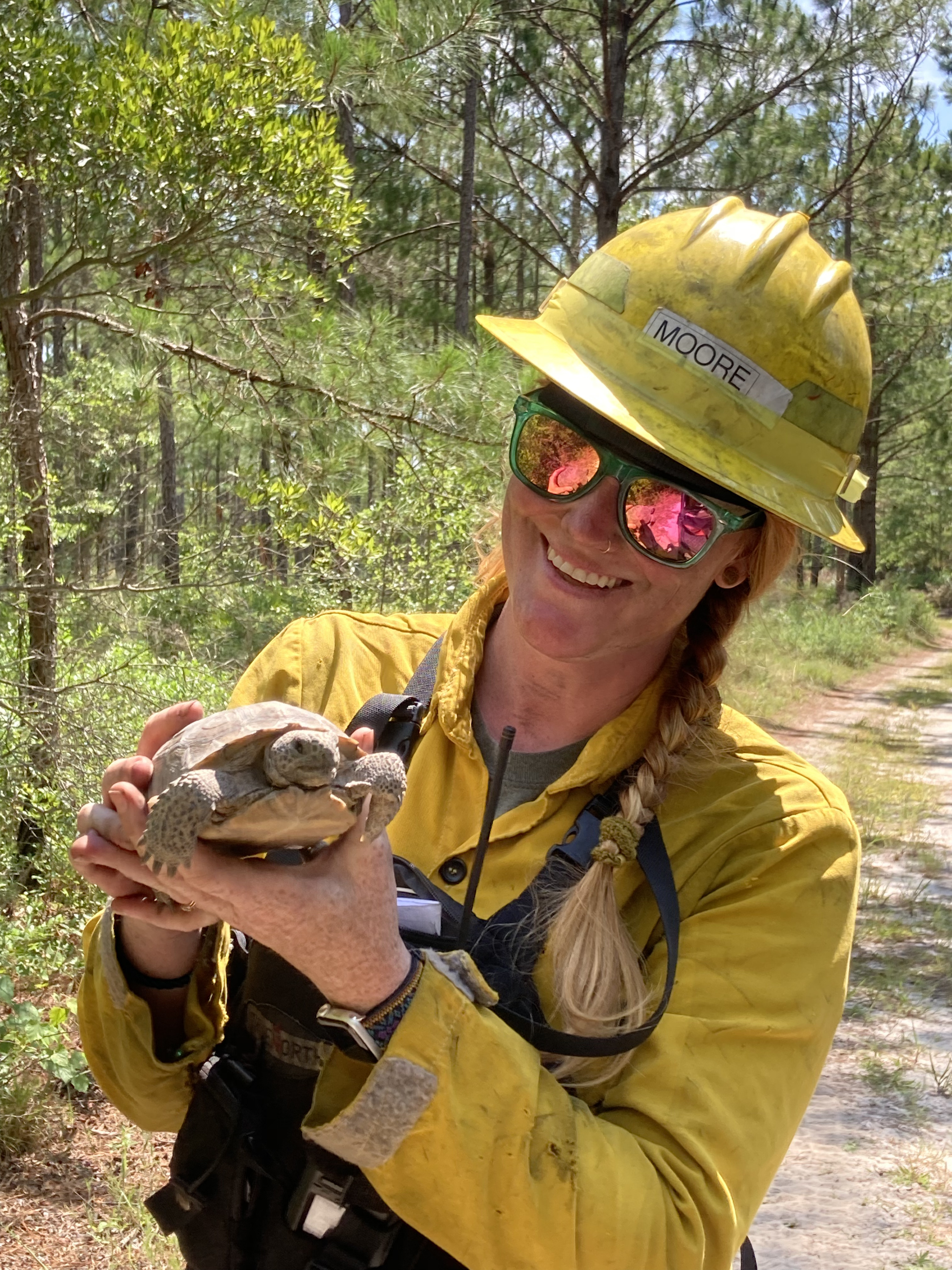
(such as relative humidity and wind direction), and determines details such as safety measures and how to mitigate smoke concerns.
The Georgia Forestry Commission provides guidance on creating a plan.
Collaboration
Collaboration has resulted in more prescribed fire in Georgia. The Interagency Burn Team (IBT) is an agreement between private, state and federal partners that are focused on burning to help rare wildlife. Members work together to conduct burns, address fire issues and coordinate fire and safety training. Each organization is able to burn more acres collectively than on their own.
The IBT has been a model for other states. Through it, DNR works with the U.S. Forest Service, the U.S. Fish and Wildlife Service, The Nature Conservancy, The Orianne Society, The Longleaf Alliance, Tall Timbers and the Georgia Forestry Commission.
Resources
The Georgia Prescribed Fire Council is a diverse group of private, state and federal partners that works to raise awareness and advocate for the increased use of prescribed fire throughout the state, especially on private lands. The council holds two statewide meetings providing information on fire topics each year.
Like all outdoor burning of natural vegetative materials, prescribed fire is open burning and requires a burn permit from the Georgia Forestry Commission. Contact your county unit for a permit.
Guidebook for Prescribed Burning in the Southern Region provides basic details about the planning and use of prescribed fire in southern forests and grasslands.
Fire Weather Dashboard is a powerful tool. Click on a map for a local fire weather forecast to help make sure the forecast is within your burn plan prescription.
Southern Fire Exchange offers a wealth of information via fact sheets, webinars and podcasts. The Southern Fire Exchange publication page is a deep dive into prescribed fire dynamics.
The Smoke Management Guidebook for Prescribed Burning in the Southern Region is a detailed look at important techniques for managing smoke. Also, here’s a handy guide with links to smoke management resources for before, during and after a burn.
Burning on your own? Consider the Georgia Prescribed Fire Managers Certification, training and a comprehensive manual that explore the components of a burn plan.
The DNR Wildlife Resources Division’s Private Lands Program and related initiatives help private landowners in Georgia meet wildlife habitat and management objectives, including through the use of prescribed fire.
The Georgia Wildlife Resources Division and the Georgia Forestry Commission have created the Georgia Prescribed Fire Liability Summary to educate landowners about liability when conducting prescribed fire on their properties.
